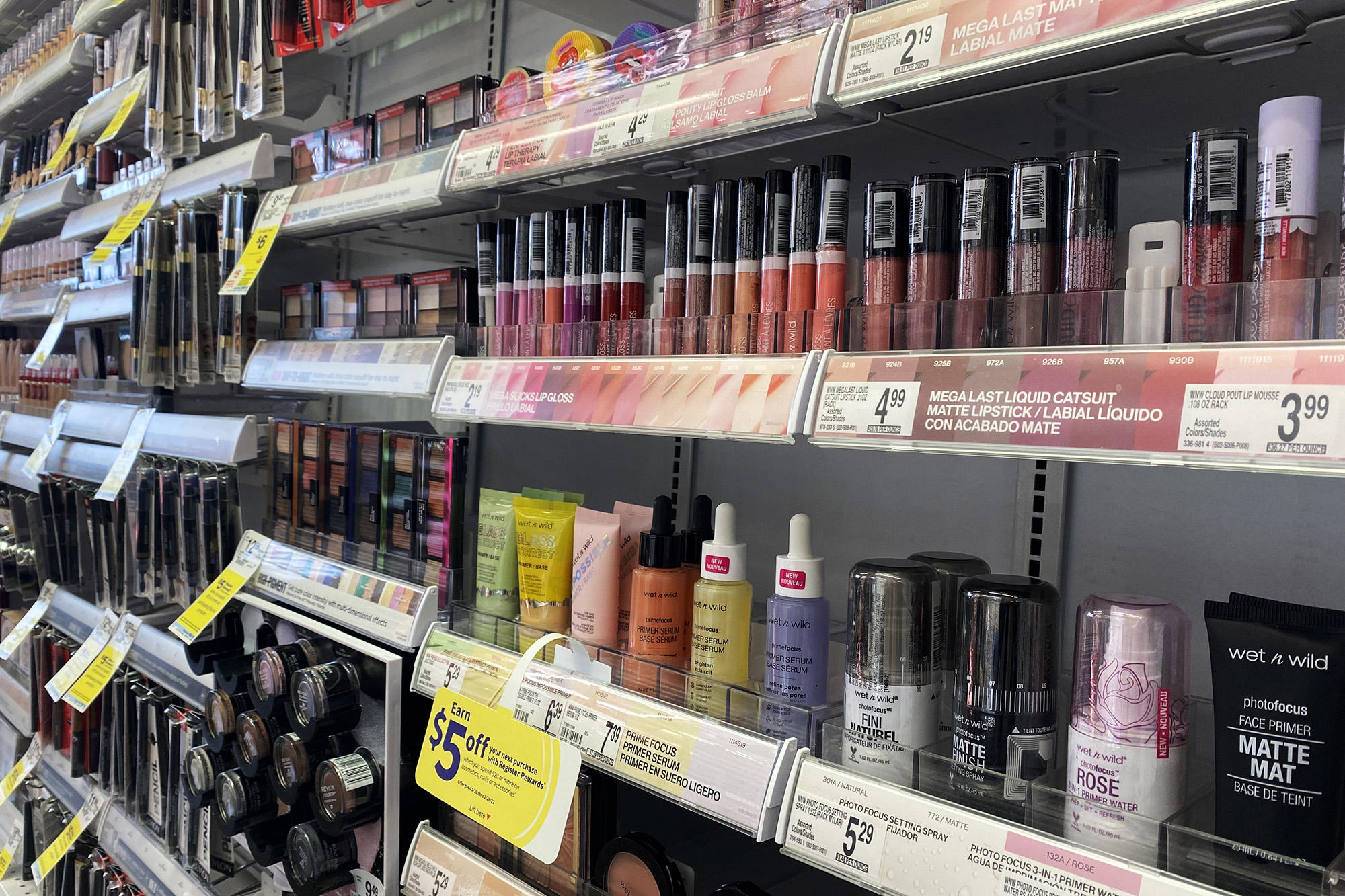
While eye makeup is supposed to enhance the appearance of our eyes and make us appear more attractive, the reality is that many makeup products that we regularly wear can contain harmful substances that are toxic to ocular cells. The difficulty is that these chemicals don’t cause a problem right away to notify you of their toxicity. For example, they are unlikely to trigger burning or itching the minute you put them on. However, over time, experts agree that the toxicity of ocular cosmetics can cause problems such as red, scaly eyelids, bloodshot eyes, dry eye disease, and serious, long-term health conditions.
To help you make better-informed choices about your cosmetics, here are some of the most toxic chemicals found in eye makeup and the effects that they could potentially have on your eyes and vision.
Aluminium Powder
Aluminium powder is used to create the ‘hue’ seen in makeup and is both a neurotoxin, as well as being linked to organ toxicity. It’s often found in eyeshadow and is listed as aluminium, LB pigment 5, or pigment metal.
Benzalkonium Chloride (BAK)
A preservative most often found in mascara, eyeliner, and makeup remover, BAK has been proven to be toxic to the epithelial cells of the eyes. These are the outermost layer of cells that cover the cornea and are responsible for keeping dust, water, and bacteria out of the eyes. BAK is sometimes listed on products as quaternium-15 or guar hydroxypropyltrimonium.
Carbon Black
Found in most types of eye cosmetics including mascara, eyeliner, eyeshadow, and eyebrow pencils and shadows, carbon black has been linked to both organ toxicity and even cancer. To avoid it, look for it listed under one of many of its different names, including: D&C Black No.2, acetylene black, channel black, furnace black, thermal black, and lamp black.
Ethanolamine Compounds
Ethanolamine compounds have been found to be contaminated with nitrosamines, which are renowned cancer-causing chemicals. These compounds can be found in many different ocular cosmetics, and you should look for them listed with the letters SEA, TEA, and MEA on ingredient labels.
Formaldehyde
Many people are surprised to learn that formaldehyde is found in all types of cosmetics, including those used on the eyes. It’s a preservative that is used to prolong the shelf-life of the products that it is used in, and it can also help to prevent bacterial contamination. However, it has also been linked to triggering allergic reactions and some types of cancer. Formaldehyde is sometimes listed as DMDM hydantoin and urea, or quaternium-15.
Heavy Metals
If you like wearing metallic makeup, chances are that your products contain heavy metals such as nickel and chrome, which can also be found in makeup brushes too. These neurotoxins have been linked to many health problems, but specifically allergies, resulting in itchy, red, and sore eyes.
Parabens
Parabens are also preservatives and are effective at preventing bacterial contamination. However, they have also been linked to a range of health issues, and are well known for worsening dry eye, an eye condition with several causes including meibomian gland dysfunction. Parabens can affect the ability of the meibomian glands to work properly, contributing to the development of dry eye. Any product with the listed ingredient suffix-paraben contains this preservative.
If you would like more information about the toxicity of ocular cosmetics, or if you have any concerns about the health of your eyes and you would like to speak to a professional, please call Korb & Associates in Boston, Massachusetts at (617) 322-0534 today.
----
Banning toxic chemicals in cosmetics moves forward in WA | Crosscut |
 |
There are some safer beauty choices. A Boston start-up, Eyes Are The Story, has some safe but wonderful products. You can even use your FSA account to purchase them!
ÈYES ARE THE STORY
https://eyesarethestory.com/?p=Sk1jGQ0FI
 |










